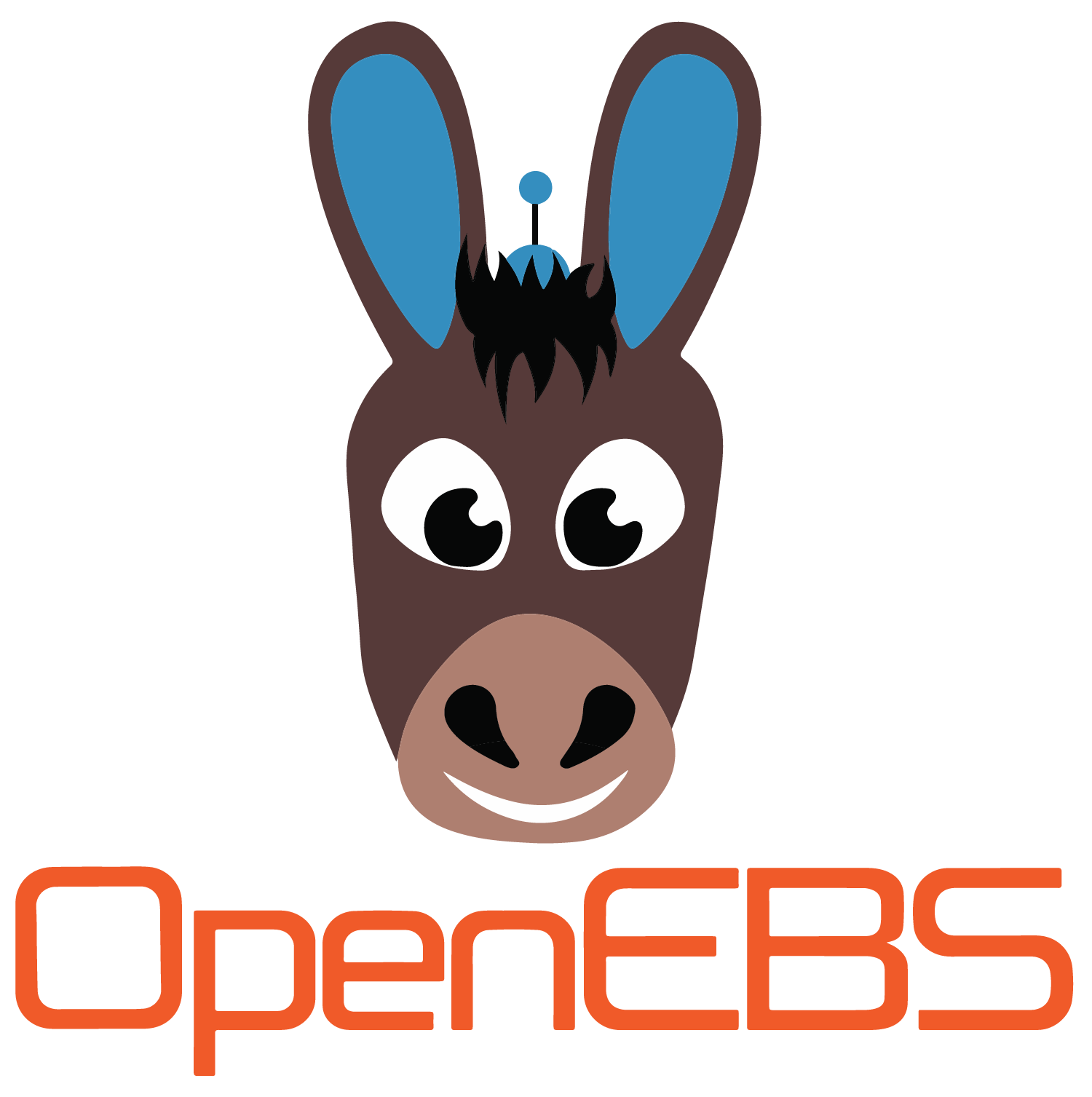CSI driver for provisioning Local PVs backed by LVM and more.
LVM-LocalPV CSI Driver is declared GA in August 2021 with the release version as 0.8.0.
See roadmap.
Before installing LVM driver please make sure your Kubernetes Cluster must meet the following prerequisites:
- all the nodes must have lvm2 utils installed and the dm-snapshot kernel module loaded
- volume group has been setup for provisioning the volume
- You have access to install RBAC components into kube-system namespace. The OpenEBS LVM driver components are installed in kube-system namespace to allow them to be flagged as system critical components.
K8S : 1.20+
OS : Ubuntu
LVM version : LVM 2
Find the disk which you want to use for the LVM, for testing you can use the loopback device
truncate -s 1024G /tmp/disk.img
sudo losetup -f /tmp/disk.img --show
Create the Volume group on all the nodes, which will be used by the LVM Driver for provisioning the volumes
sudo pvcreate /dev/loop0
sudo vgcreate lvmvg /dev/loop0 ## here lvmvg is the volume group name to be created
We can install the latest release of OpenEBS LVM driver by running the following command.
$ kubectl apply -f https://openebs.github.io/charts/lvm-operator.yaml
If you want to fetch a versioned manifest, you can use the manifests for a specific OpenEBS release version, for example:
$ kubectl apply -f https://raw.githubusercontent.com/openebs/charts/gh-pages/versioned/3.0.0/lvm-operator.yaml
NOTE: For some Kubernetes distributions, the kubelet directory must be changed at all relevant places in the YAML powering the operator (both the openebs-lvm-controller and openebs-lvm-node).
-
For
microk8s, we need to change the kubelet directory to/var/snap/microk8s/common/var/lib/kubelet/, we need to replace/var/lib/kubelet/with/var/snap/microk8s/common/var/lib/kubelet/at all the places in the operator yaml and then we can apply it on microk8s. -
For
k0s, the default directory (/var/lib/kubelet) should be changed to/var/lib/k0s/kubelet. -
For
RancherOS, the default directory (/var/lib/kubelet) should be changed to/opt/rke/var/lib/kubelet.
Verify that the LVM driver Components are installed and running using below command :
$ kubectl get pods -n kube-system -l role=openebs-lvm
Depending on number of nodes, you will see one lvm-controller pod and lvm-node daemonset running on the nodes.
NAME READY STATUS RESTARTS AGE
openebs-lvm-controller-0 5/5 Running 0 35s
openebs-lvm-node-54slv 2/2 Running 0 35s
openebs-lvm-node-9vg28 2/2 Running 0 35s
openebs-lvm-node-qbv57 2/2 Running 0 35s
Once LVM driver is successfully installed, we can provision volumes.
$ cat sc.yaml
apiVersion: storage.k8s.io/v1
kind: StorageClass
metadata:
name: openebs-lvmpv
parameters:
storage: "lvm"
volgroup: "lvmvg"
provisioner: local.csi.openebs.io
Check the doc on storageclasses to know all the supported parameters for LVM-LocalPV
If LVM volume group is available on certain nodes only, then make use of topology to tell the list of nodes where we have the volgroup available. As shown in the below storage class, we can use allowedTopologies to describe volume group availability on nodes.
apiVersion: storage.k8s.io/v1
kind: StorageClass
metadata:
name: openebs-lvmpv
allowVolumeExpansion: true
parameters:
storage: "lvm"
volgroup: "lvmvg"
provisioner: local.csi.openebs.io
allowedTopologies:
- matchLabelExpressions:
- key: kubernetes.io/hostname
values:
- lvmpv-node1
- lvmpv-node2
The above storage class tells that volume group "lvmvg" is available on nodes lvmpv-node1 and lvmpv-node2 only. The LVM driver will create volumes on those nodes only.
Please note that the provisioner name for LVM driver is "local.csi.openebs.io", we have to use this while creating the storage class so that the volume provisioning/deprovisioning request can come to LVM driver.
$ cat pvc.yaml
kind: PersistentVolumeClaim
apiVersion: v1
metadata:
name: csi-lvmpv
spec:
storageClassName: openebs-lvmpv
accessModes:
- ReadWriteOnce
resources:
requests:
storage: 4Gi
Create a PVC using the storage class created for the LVM driver.
Create the deployment yaml using the pvc backed by LVM storage.
$ cat fio.yaml
apiVersion: v1
kind: Pod
metadata:
name: fio
spec:
restartPolicy: Never
containers:
- name: perfrunner
image: openebs/tests-fio
command: ["/bin/bash"]
args: ["-c", "while true ;do sleep 50; done"]
volumeMounts:
- mountPath: /datadir
name: fio-vol
tty: true
volumes:
- name: fio-vol
persistentVolumeClaim:
claimName: csi-lvmpv
After the deployment of the application, we can go to the node and see that the lvm volume is being used
by the application for reading/writting the data and space is consumed from the LVM. Please note that to check the provisioned volumes on the node, we need to run pvscan --cache command to update the lvm cache and then we can use lvdisplay and all other lvm commands on the node.
for deprovisioning the volume we can delete the application which is using the volume and then we can go ahead and delete the pv, as part of deletion of pv this volume will also be deleted from the volume group and data will be freed.
$ kubectl delete -f fio.yaml
pod "fio" deleted
$ kubectl delete -f pvc.yaml
persistentvolumeclaim "csi-lvmpv" deleted
- Access Modes
- ReadWriteOnce
ReadOnlyManyReadWriteMany
- Volume modes
-
Filesystemmode -
Blockmode
-
- Supports fsTypes:
ext4,btrfs,xfs - Volume metrics
- Topology
- Snapshot
- Clone
- Volume Resize
- Thin Provision
- Backup/Restore
- Ephemeral inline volume
- Resize of volumes with snapshot is not supported


